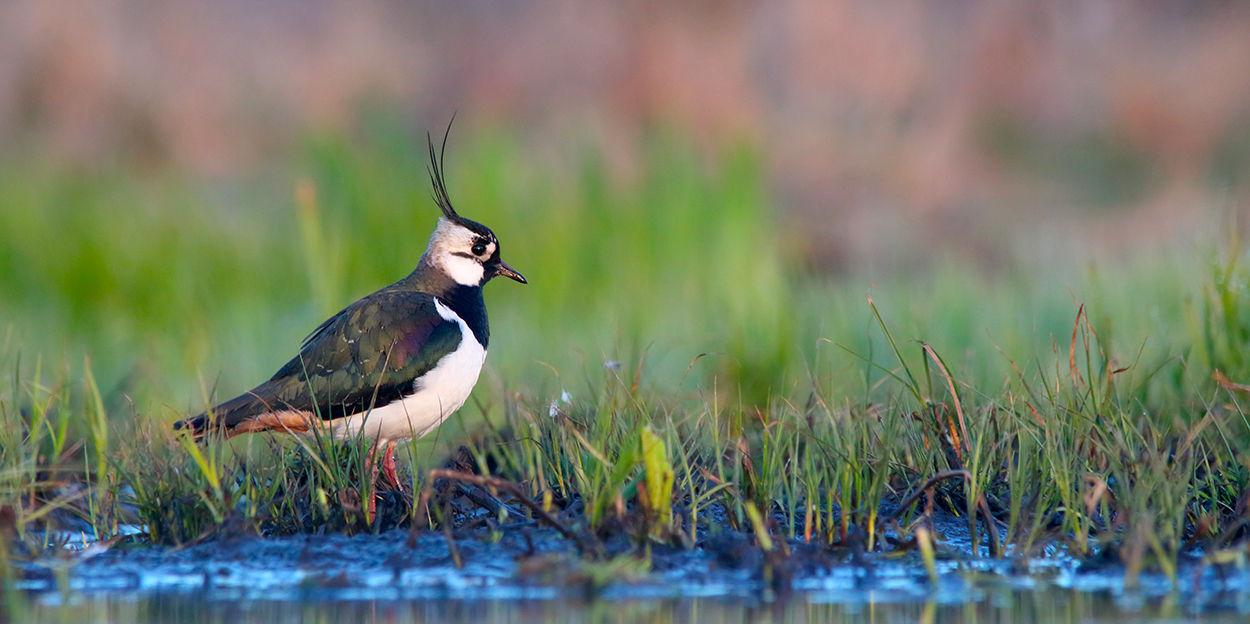
22 Jun 2022 New Nature Restoration Law published
FACE welcomes the proposal for a new Nature Restoration Law, which was published by the European Commission today. This will be a key step in brining nature back across Europe. Importantly, this is the first-ever piece of legislation that explicitly targets the restoration of Europe’s nature, to repair the 80% of European habitats that are in poor condition, and to bring back nature to all ecosystems, including forests, agricultural land and freshwater ecosystems (link).
The proposal, which takes the form of a draft regulation, defines a series of key concepts and sets legally binding targets for nature restoration. This means that Member States will have to build their own National Restoration Plans and carry out the work needed to identify the necessary restoration measures to meet the targets and obligations. The law will scale up existing experiences of nature restoration measures, and should build on the good work undertaken by Europe’s hunters as outlined in the FACE Biodiversity Manifesto. Importantly, Member States must actively involve stakeholders when drafting restoration plans to ensure plans are properly tailored to meet national circumstances.
From FACE’s perceptive, the law should bring important benefits for small game in agricultural ecosystems. For example, targets are set for an overall increase of biodiversity, and a positive trend for grassland butterflies, farmland birds, and high-diversity landscape features on agricultural land. In terms of waterbirds, the targets for wetland restoration, including peatlands and rivers, will also bring important results.
Equally noteworthy for huntable and non-huntable species are restoration measures, which must be put in place for listed habitats of terrestrial, coastal and freshwater species that are necessary to improve the quality and quantity of those habitats, including by re-establishing them, and to enhance connectivity, until sufficient quality and quantity of those habitats is achieved.
National Restoration Plans must cover the period up to 2050 and must be reviewed at least every 10 years. The European Commission will assess the draft national restoration plans within six months of the date of reception. Monitoring and reporting obligations for Member States are also laid down in the proposal.
Concerning the targets, the proposal lists a binding overarching target with binding ecosystem-specific targets. The former entails that by 2030, the restoration measures shall cover at least 20 % of the EU’s land and sea areas and, by 2050, all ecosystems in need of restoration.
Commenting on today’s news, Torbjörn Larsson, FACE President, stated: “We are currently assessing the proposal in detail, but we can already see that this will bring important benefits to Europe’s nature, which is a central request in our European Hunters’ Campaign. The role of rural stakeholders, including hunters, in translating the law into successful initiatives on the ground cannot be underestimated. It is paramount to provide the right incentives to ensure that community-based conservation projects involving hunters and other stakeholders continue to evolve in Europe”.

